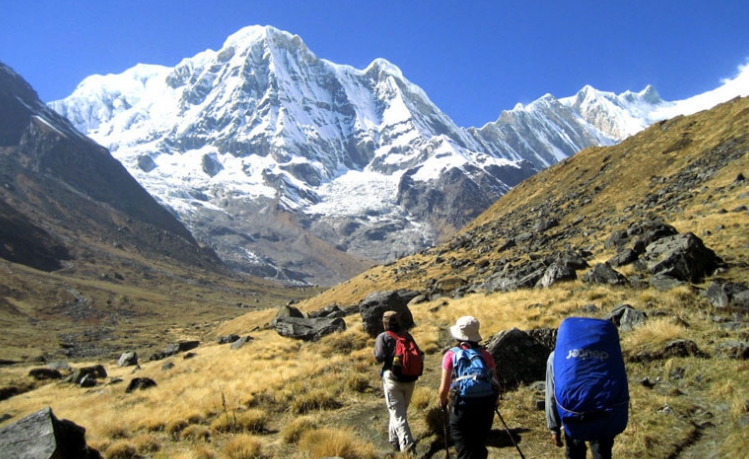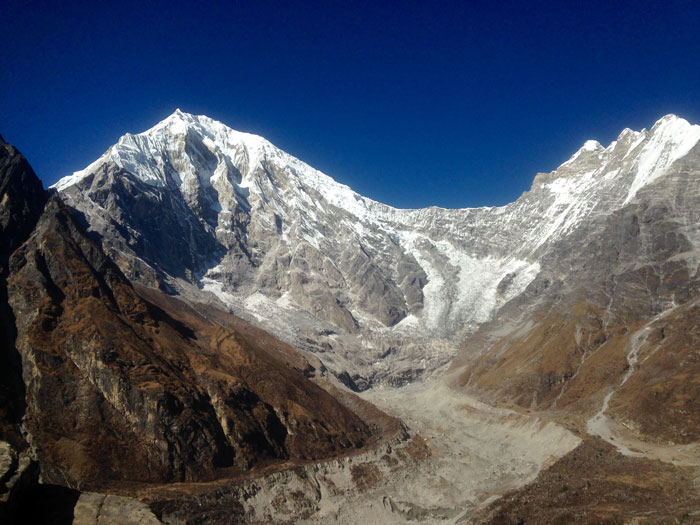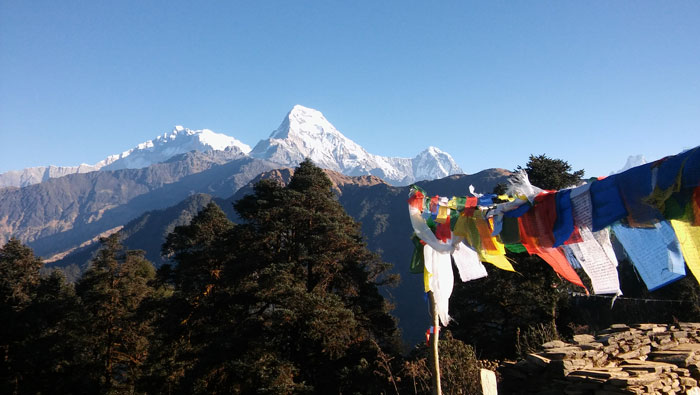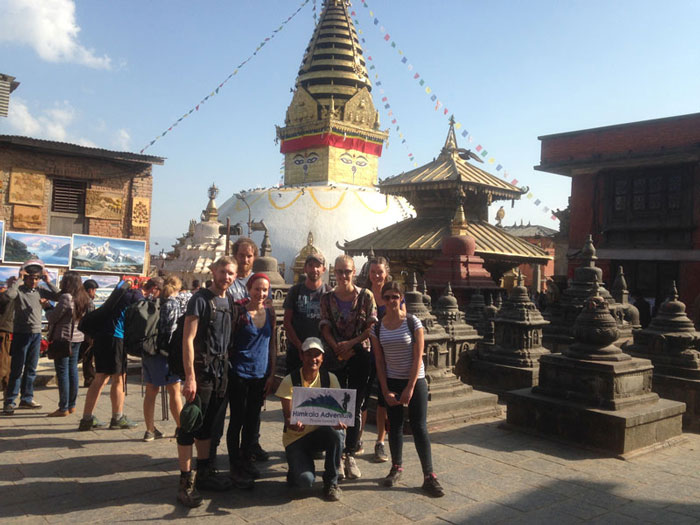5 tips for your first trek in Nepal

Published Date :03 Mar, 2017
So you’ve decided to come to Nepal and do some trekking, right? That’s an amazing decision! You will love it, this land is pure gold not just because of its landscapes, but also because of its people. But if you want to avoid the common mistakes and make your adventure even more unforgettable, continue reading.
1. It’s not all about Everest or Annapurna
The Everest treks is one of the most famous treks in Nepal. Other famous ones are the Annapurna treks. All of these are amazing treks that you will love, but as you may have guessed, a lot of other people also love them. In the high seasons (March - May and September - November) these treks are the most packed ones.
If you enjoy the lone walks in the nature, you may prefer other less known routes like:
- The Langtang trek, offering amazing views and Tibetan culture
- The Ganesh Himal trek, with views of the Ganesh Himal ranges
- The Manaslu trek, with magnificent views of the upper and lower Manaslu
- Many other newly open trekking trails.
They are more off the beaten path and therefore more relaxed and silent.

2. Mind your gear
You don’t need specific mountain pants or super technical t-shirts, but there are some key things that will make your trekking more enjoyable:
- (BASIC) Reusable water bottle: In almost all the treks you won't be able to buy bottled water, because of the environmental reasons. So bring either a resistant used water or soda bottle or a trekking bottle to refill at the lodges and guesthouses, where they will give you filtered drinkable water.
- Broken-in boots: You’ll use your feet for long hours and days, treat them well by partnering them with their best friends, your “old” boots. If you usually hike with low mountain shoes or trail running shoes, bring those, not brand new boots (unless you plan on going on winter to places where you might find snow).
- Comfortable backpack: Even if you hire a porter, it’s likely you will be bringing your water, and snacks. And since you’ll be drinking a lot of water (they recommend 5 to 6 liters a day), you’ll want a good backpack or daypack to avoid back pain. Look for this:
• Padded belt strap
• Chest strap
• Air flow back system
- (OPTIONAL) Hiking poles: Not at all part of the basic gear UNLESS you suffer from knee pain when going downhill. If this is your case, definitely bring/buy them, they will save you a lot of pain and even pain-killers. In order to get the most out of them, regulate them correctly and really “load” them to avoid extra strain to your legs.
3. Mind your fitness level
It’s normal: we see the pictures of the highest peaks of the world, those permanently snowcaped mountains, and we just imagine ourselves up there. But getting there means long hours walking, for many days and with less and less oxygen as we progress.
This doesn’t mean it’s impossible, not even difficult! Especially not with all the porter options offered there, but the more used you are to walking many hours each day, the more you will enjoy your trek.
Be sure to train your legs, feet and back walking regularly for a month, preferabley with a backpack, before your nepali adventure. Do I have to tell you do not start your trek with brand new boots? I will tell you, just in case.
And what about altitude sickness? There’s really no way to prepare for it, but the closest thing to doing so is to be in the best shape you can, so that you’re used to breathing correctly, controlling your pace and you have strong legs to keep you going.
Oh, and if you want an easy trek with amazing views, check the Ghorepani - Poon Hill trek. Just 6 days walking will allow you to take a close look at the Annapurna range in a beautiful loop trek.

4. Learn a little bit of Nepalese
A little bit of the local language goes a long way, and will generally guarantee a smile from the local people you interact with. Here are the basics:
- Hello: Namaste
- Welcome: Swagatam
- How are you?: Tapai lai kasto chha?
- Thank you: Dhanyabhadh
- Good night: Subaratri
5. Don’t forget Kathmandu!
Kathmandu alone has 7 World Heritage Sites, are you going to make it just your landing point? Either before or after the trekking, you should definitely do a city tour and get to know the main temples, pagodas and markets of this amazing city! And you know what? We’ve also got you covered for this with our Free Walking Tour around Kathmandu. Perfect plan to couple with any of our trekking packages.

Related Blog(s)
- Experiencing Free Walking Tour Kathmandu with Shiva Dhakal
- Trekking en Poonhill
- Nagarkot to Changunarayan Hiking
- 5 must-see places in Kathmandu
- Free Walking Tour Kathmandu
- Nagarkot Changunarayan Hiking
- Champa Devi Hiking
- Bandipur Village Tour
- Tips: before you trek to Nepal
- Langtang Trekking Review
- Poonhill Trekking Review
- Ghorepani Poonhill and Village Tour in Nepal
- Village Tour in Nepal : Gorkha
- Osho Tapoban Review - A Secluded Spiritual Getaway from Kathmandu
- Dakshinkali Pharping - A Local Experience!
- Pupal Yarsha Festival - 2016
- Lacs Gokyo et camps de base de l'everest avec Himkala Adventure
- Hiking in Nepal
- Singing Bowl in Nepal
- Rudraksha (Utrasum), Ammonite Fossil (Shaligram), Spatika (Quartz) in Nepal
- Thangka Painting in Nepal
- Pashmina in Nepal
- Gorkha-The Historical Place
- Shopping in Nepal with Himkala Adventure
- Trekking in Nepal with Himkala Adventure
- Garden of Dreams:The Garden of Six Seasons
- Pokhara: An Enchanting City
- Nepal: Beautiful Country in the World
- Bhaktapur: The City of Artistic Treasure
- World Tourism Day 2015




